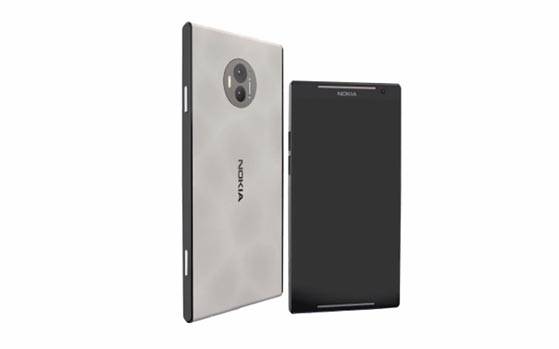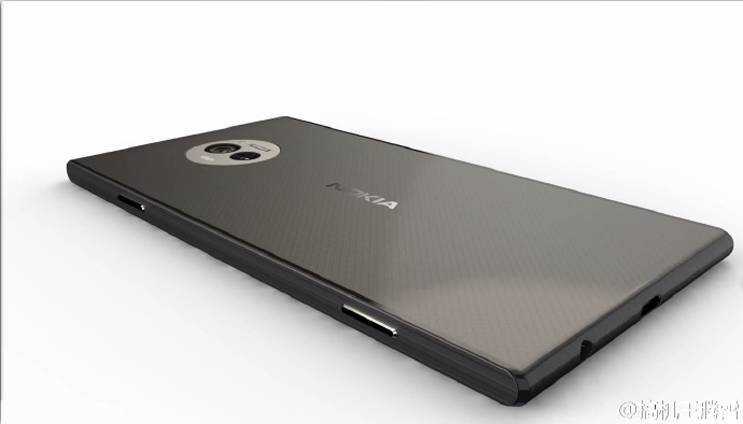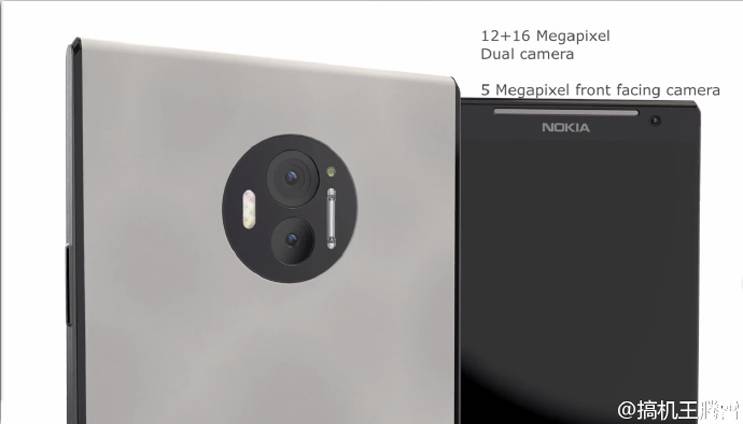
First, a bit of background: HMD Global, Finnish company co-founded by former Nokia executives Arto Nummela and Florian Seiche, acquired the rights to Nokia’s mobile brand from Microsoft earlier in 2016. HMD has a contract with FIH Mobile Limited, a subsidiary of iPhone maker Foxconn, and follows Nokia’s hardware guidelines in exchange for access to the company’s extensive patent library. Nokia isn’t making the phones, in effect — it’s designing them.
Nokia P

The Nokia P, images of which leaked on Chineses social network Weibo in early December, is an absolute behemoth. It reportedly features a metal body with an anodized finish, 6GB of RAM, and Qualcomm’s brand-new Snapdragon 835, which promises 27 percent better performance than the outgoing Snapdragon 823.
A bleeding-edge processor is not the Nokia P’s only headliner. The forthcoming handset reportedly packs a 23-megapixel camera featuring Zeiss-branded optics. Previous rumors suggested it will come in two sizes, 5.2-inches and 5.5-inches, both with IP68 water and dust resistance.
One of the features of the Snapdragon 835 chip is Qualcomm’s Quick Charge 4.0 technology, which can deliver up to five hours of extra battery life in five minutes of charging. But it is unclear whether or not the Nokia P will ship with the requisite hardware.
Nokia C1
The Nokia C1 doesn’t sound quite as uncompromising as the Nokia P, but it is high-end all the same. It allegedly packs an as-yet announced Snapdragon 830 paired with 4GB of RAM, and an edge-to-edge 5-inch display with Full HD (1,920 x 1,080 pixels) resolution.
In terms of camera tech, the Nokia C1 sports a dual 16-megapixel/12-megapixel camera rear sensor paired with a triple LED flash, though the capabilities of the former are not clear. Huawei’s dual-sensor implementation, for example, combines color metadata from one sensor with brightness metadata to produce a superior image. Apple’s approach with the iPhone 7 has one sensor handle close-up shots while another optically zooms. It’s unclear which approach, if either, Nokia has taken with the Nokia P.
Dual sensors aren’t the only camera tech worth noting. The Nokia P reportedly packs a laser that assists with the camera’s autofocus, plus a xenon flash and front-facing 5-megapixel camera.
Judging by the images that have leaked so far, the Nokia P appears to have a USB Type-C port, stereo loudspeakers, and a 3210mAh battery. It also appears to buck a growing trend with the inclusion of a 3.5mm audio jack. And it is said to run Android 7.0 Nougat.
The Nokia C1 is expected to be unveiled at the Mobile World Congress in Barcelona, reportedly in three storage configurations: 32GB, 64GB, and 128GB. According to India Today, it will start at about $150.
The Nokia P and Nokia C1 follow on the heels of Nokia’s feature phone, the $26 Nokia 150. It features an alphanumeric keyboard, a 2.4-inch screen, an FM radio player, a VGA camera, and a battery that lasts about a month on standby. Parts of Asia, Europe, and the Middle East will see the Nokia 150 go on sale during the first few months of 2017.
Editors' Recommendations
- Learn from my mistakes: Don’t settle for a cheap tablet like the Nokia T20
- Huawei P40 Pro Plus vs. Samsung Galaxy S20 Ultra: Uber-flagship throwdown
- These are the best Huawei P30 cases to protect the triple-lens flagship
- Profoto puts sunshine in your pocket with photo studio-quality smartphone lights
- Nokia 7.2 vs. Nokia 7.1: Reset your expectations of what $350 will buy





